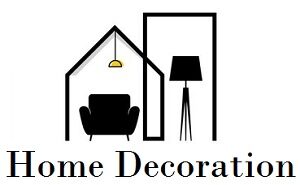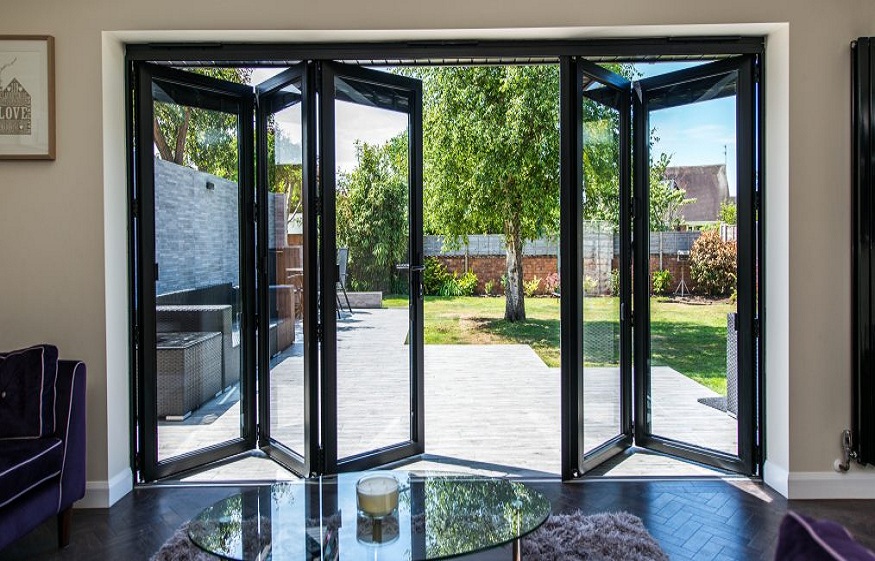For many UK homeowners, choosing between aluminium and timber windows can feel like comparing tradition and progress. Timber has long been the default for period homes and listed properties, offering a sense of heritage and warmth that’s hard to replicate. However, as performance, sustainability, and maintenance expectations evolve, aluminium has quietly overtaken timber as the preferred material for those looking to future-proof their homes without compromising style.
It starts with longevity. While timber can offer a beautiful finish and natural charm, it has a list of vulnerabilities. Even well-treated wood is susceptible to rot, warping, and insect damage—especially in damp, exposed or coastal environments. It also demands regular maintenance: painting, sanding, and sealing. Aluminium, by contrast, is virtually immune to the elements. It doesn’t warp, flake, or degrade with time. It needs no repainting, no annual care beyond a simple clean, and it’s built to last decades without complaint. That level of durability is a serious advantage for homeowners who want quality with no catch.
The performance gap has also widened. Thanks to advances in engineering, today’s aluminium windows deliver outstanding thermal efficiency. While it’s true that aluminium was once considered poor at retaining heat, modern systems include thermal breaks, multi-chambered profiles and high-spec double or triple glazing that meet or exceed current energy standards. For households looking to cut heating bills and reduce carbon footprints, aluminium performs just as well as timber—often better. In their article “Is Aluminium Better Than Timber?“, the experts at Direct Trade Windows explain the technical differences that matter most to today’s buyers.
Then, there’s design flexibility. Timber frames tend to be chunkier, particularly when required to meet modern regulations. That can limit the glazing area and reduce the amount of natural light entering a space. Aluminium, however, is strong enough to support large panes with slim frames—maximising daylight and views while maintaining structural integrity. This minimalist aesthetic has become a hallmark of modern renovation, especially in open-plan kitchens and contemporary extensions. Even in traditional homes, many are now blending old and new—replacing timber with aluminium in areas not subject to planning restrictions or using aluminium internally to divide space and introduce an industrial edge.
Style has always been one of timber’s biggest strengths, but aluminium is catching up fast. With powder-coated finishes in everything from muted neutrals to bold heritage tones, aluminium frames can be tailored to suit any scheme. They can replicate the look of classic Crittall-style windows or offer a clean, modern contrast to stone, brick or render. And unlike painted timber, the colour is locked in—resistant to sun bleaching, peeling and wear. More homeowners are now embracing aluminium to bring architectural clarity to their renovations. They are confident the finish will still look as sharp in ten years as it does today. The Direct Trade Windows team has highlighted just how far aluminium has come in terms of visual versatility, pointing to its rise in both traditional upgrades and new-build design.
It’s also worth noting the environmental argument. While timber is a natural material, it’s not always the most sustainable—mainly when sourced unsustainably or replaced frequently due to decay. Aluminium, though energy-intensive to produce initially, is one of the most recyclable materials on the planet. It can be reprocessed indefinitely without losing quality, and many systems today include high levels of recycled content. When you consider that aluminium frames last longer, require less maintenance, and contribute to better thermal performance, the environmental equation becomes more balanced than it may first appear.
Cost is often a concern, but the comparison depends on the bigger picture. While timber windows may be cheaper at first glance, they come with higher maintenance demands and a shorter lifespan. Aluminium may carry a higher upfront cost, but the long-term savings—both financial and practical—can make it more economical. It’s an investment in peace of mind: no repainting schedules, no seasonal swelling, no constant upkeep—just sleek, functional windows that continue to perform.
Aluminium excels in security. Strong, rigid, and naturally resistant to forced entry, aluminium frames pair well with modern multi-point locking systems and laminated glazing. For families and city homeowners concerned with safety, that reassurance counts. The slim sightlines don’t come at the expense of robustness—they’re built in.
One point that often gets overlooked is the supplier itself. A poor installation can undo all the benefits, no matter how good the product is. That’s why choosing the right partner matters. In their article “Choosing the Right Aluminium Supplier for Your Home Improvement Project”, Direct Trade Windows makes a strong case for working with a specialist who understands how to tailor aluminium systems to different property styles and performance needs. The supplier’s role in realising a successful installation, from technical advice to custom finishes, can’t be overstated.
Of course, there are planning considerations for those with heritage properties, and in conservation areas, timber may still be required to meet aesthetic criteria. However, in many other contexts, aluminium is now recognised as an acceptable alternative and the more innovative, longer-term solution. Its strength, efficiency, and visual range make it adaptable to every project, from compact flats to expansive countryside homes.
In 2025, homeowners are asking for more of their windows. They want beauty and resilience. They want low maintenance and long-term value. They want comfort, performance and peace of mind. Aluminium delivers all that—not as a compromise, but as a standard. And as technology continues to improve and tastes evolve, it’s clear that aluminium is not just here to stay—it’s setting the benchmark.

